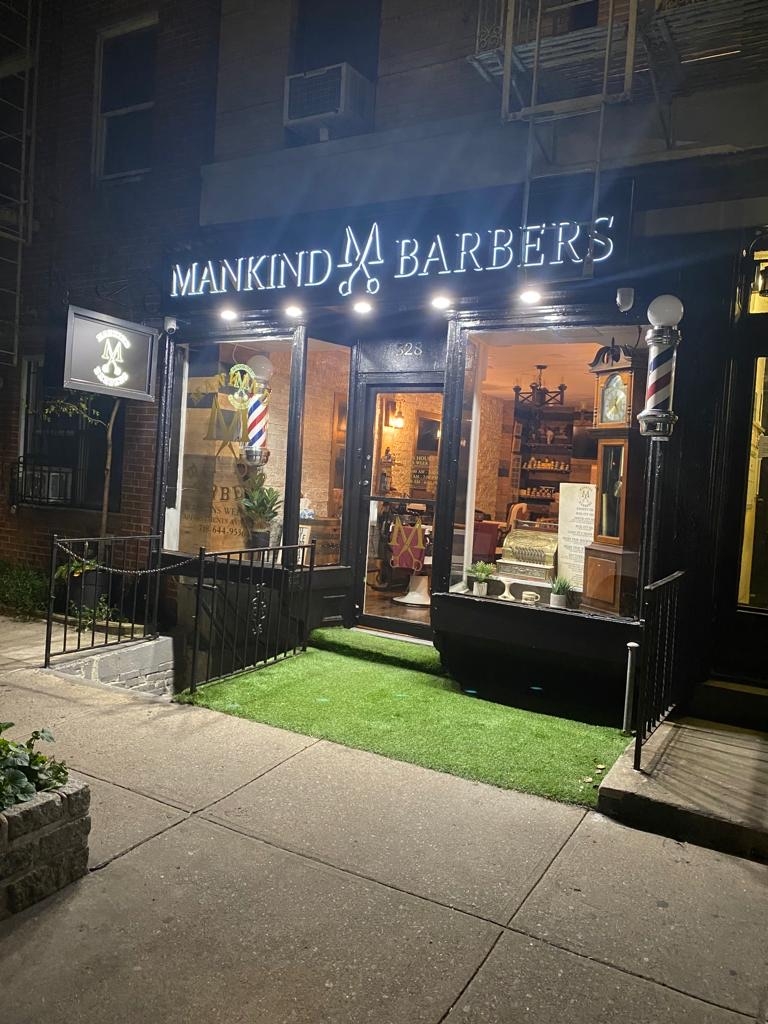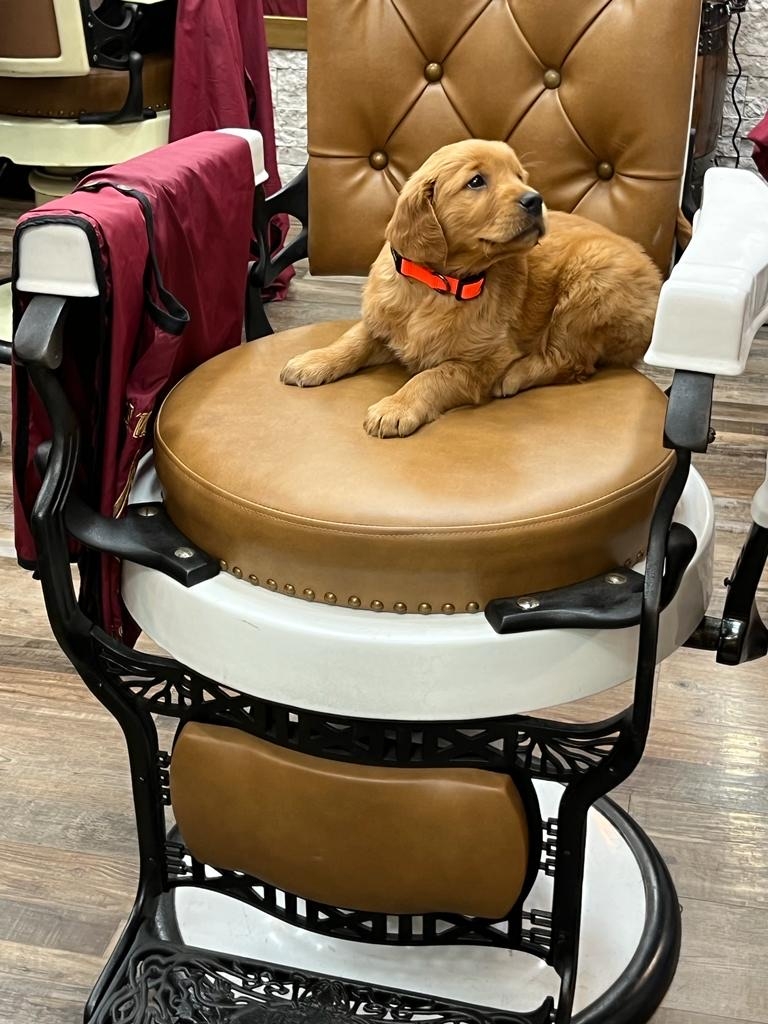

Clipper blade oil bottles should be used regularly to maintain the longevity of the blades. It is recommended to apply oil before and after each use to ensure smooth operation and prevent premature wear and tear on the blades. By regularly lubricating the blades with the oil from the bottle, users can extend the lifespan of their clippers and ensure optimal performance over time.
The key ingredients in clipper blade oil bottles that help reduce friction and heat during use typically include mineral oil, lubricating additives, and anti-corrosion agents. These ingredients work together to create a protective barrier on the blades, reducing friction between the moving parts and preventing overheating. By using oil with these essential components, users can ensure that their clipper blades operate smoothly and efficiently.
Book your tickets for the Modern Barber Awards and join us for a night of barbering inspiration. It’s time to mark your calendars and get your tickets to this year’s awards ceremony at the Telford International Centre on Sunday 23 June – coinciding with our unmissable event, Barber Connect. The evening promises a to be The post Have You Booked Your Tickets For The Modern Barber Awards? appeared first on Modern Barber.
Posted by on 2024-03-13
In Modern Barber Trend Talks, Hayden Cassidy talks collaborations, authenticity, and what to watch… “I love a buzzcut. There are so many details that go into perfecting the haircut. To the eye it looks simple, but to perfect a buzzcut, it’s all about the details and execution. It’s like a secret skill.” 6 Things That The post Modern Barber Trend Talks: Hayden Cassidy appeared first on Modern Barber.
Posted by on 2024-03-08
Clipper blade oil bottles can generally be used on all types of clipper blades, including ceramic and titanium. The lubricating properties of the oil are designed to work with a variety of blade materials, helping to reduce friction and heat regardless of the blade type. Whether users have ceramic, titanium, or stainless steel blades, applying oil from the bottle can help maintain the blades and prolong their lifespan.

To prevent leakage or contamination, it is important to store clipper blade oil bottles in a cool, dry place away from direct sunlight and extreme temperatures. Additionally, users should ensure that the bottle is tightly sealed when not in use to prevent any oil from leaking out. By storing the bottle properly, users can maintain the quality of the oil and prevent any potential issues with leakage or contamination.
Before applying oil from the bottle, it is recommended to clean clipper blades thoroughly to remove any debris, hair, or buildup that may be present. Users can use a brush or cloth to wipe down the blades and remove any excess dirt or residue. Once the blades are clean, users can then apply a few drops of oil from the bottle to lubricate the blades and ensure smooth operation during use.

In addition to lubricating clipper blades, clipper blade oil bottles can also be used to lubricate other small tools or equipment, such as scissors, shears, or sewing machines. The oil's lubricating properties can help reduce friction and prevent wear on the moving parts of these tools, extending their lifespan and ensuring optimal performance. By using oil from the bottle on a variety of small tools, users can keep their equipment in top condition.
To properly dispose of empty clipper blade oil bottles in an environmentally-friendly manner, users should check with their local recycling guidelines to see if the bottles can be recycled. If recycling is not an option, users can dispose of the bottles in the regular trash, making sure to empty out any remaining oil before throwing them away. By following proper disposal methods, users can help reduce waste and minimize their environmental impact when discarding empty clipper blade oil bottles.

When it comes to cleaning clipper blades, the best type of brush to use is a specifically designed clipper blade brush. These brushes are typically small and have stiff bristles that are perfect for removing hair and debris from between the blades. Some clipper blade brushes even come with a small pointed end that can be used to reach tight spaces. It is important to use a brush that is made for clipper blades to ensure that the blades are cleaned thoroughly and effectively. Additionally, using a brush with antimicrobial properties can help prevent the growth of bacteria on the blades. Overall, investing in a high-quality clipper blade brush is essential for maintaining the performance and longevity of your clippers.
Open and closed comb safety razors differ in their design and functionality. Open comb razors have teeth along the edge of the blade, allowing for more aggressive shaving by allowing more hair to come into contact with the blade. This design is ideal for individuals with thick or coarse hair. On the other hand, closed comb razors have a solid safety bar that covers the blade, providing a milder and more controlled shaving experience. Closed comb razors are better suited for individuals with sensitive skin or those who prefer a less aggressive shave. Both types of razors have their own advantages and it ultimately comes down to personal preference and shaving needs.
Properly storing barber scissors is essential to prevent damage and maintain their sharpness. To ensure longevity, it is recommended to store the scissors in a protective case or pouch when not in use. Avoid storing them in humid or damp environments, as this can lead to rust and corrosion. Additionally, storing the scissors in a cool, dry place away from direct sunlight can help prevent any potential damage. It is also important to regularly clean and oil the scissors to keep them in optimal condition. By following these storage guidelines, barbers can prolong the lifespan of their scissors and ensure they remain in top working condition for years to come.
The key differences between a barber's cape and a client's cape lie in their design and functionality. A barber's cape is typically larger in size to accommodate different body shapes and sizes, while a client's cape is usually smaller and more tailored for a specific individual. Barber's capes often feature adjustable closures and neck fastenings for a secure fit, whereas client's capes may have more decorative elements or patterns. Additionally, barber's capes are designed to be durable and easy to clean, as they are used repeatedly throughout the day, while client's capes may prioritize comfort and aesthetics. Overall, the main distinctions between the two capes revolve around their intended use and practicality in a barbershop setting.
When comparing corded and cordless clippers in terms of performance, there are several key differences to consider. Corded clippers typically provide a more consistent and powerful cutting performance due to their direct connection to a power source, ensuring a steady flow of energy. On the other hand, cordless clippers offer greater flexibility and mobility, allowing for easier maneuverability and access to hard-to-reach areas. However, cordless clippers may have slightly reduced power and battery life compared to their corded counterparts. Additionally, corded clippers are generally more reliable in terms of consistent performance over time, as they do not rely on battery life. Overall, the choice between corded and cordless clippers will depend on the specific needs and preferences of the user, balancing factors such as power, mobility, and convenience.